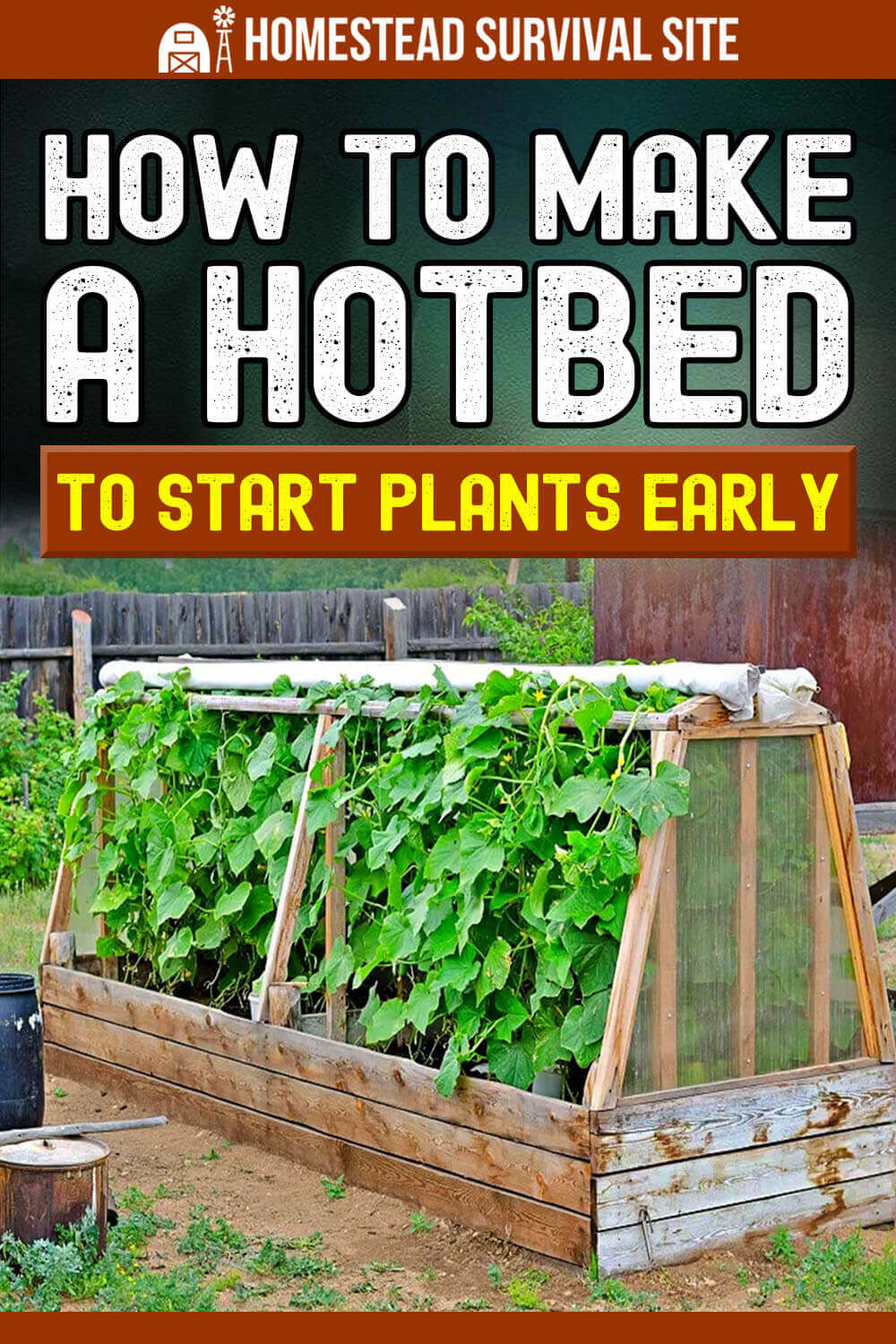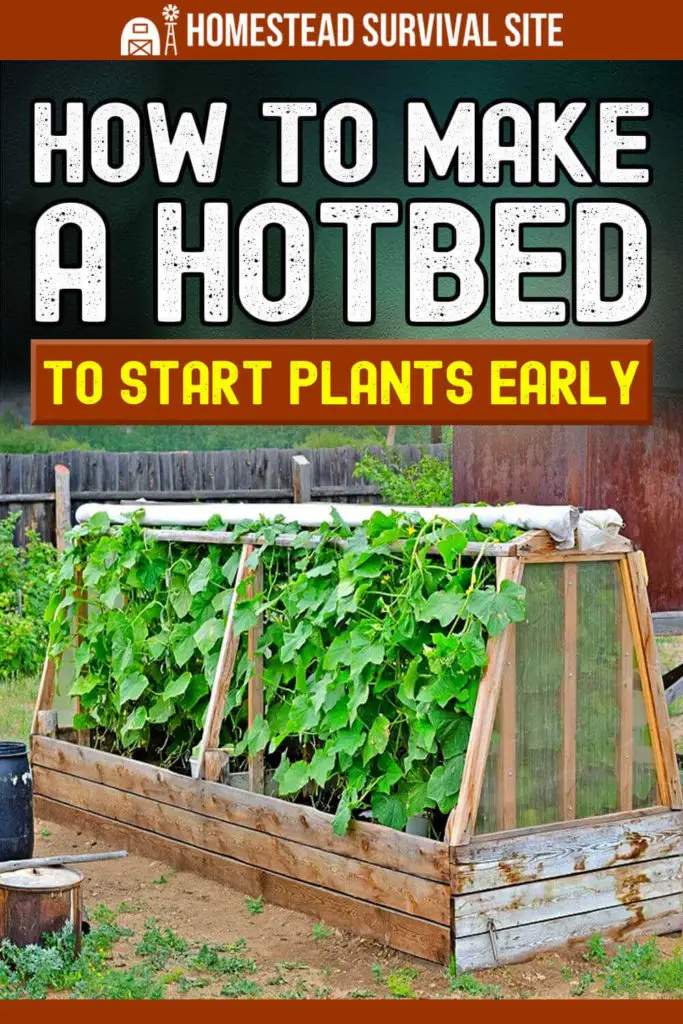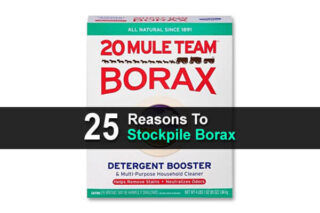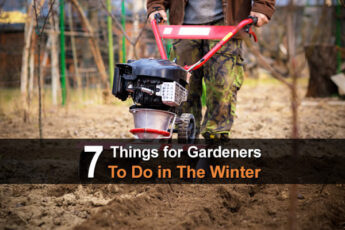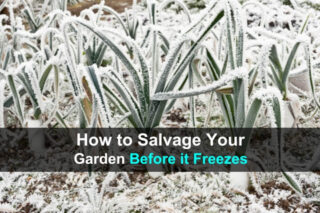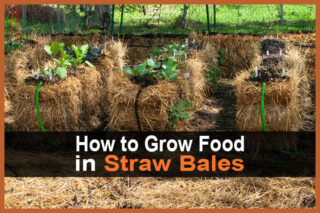Estimated reading time: 7 minutes
Winter made an early appearance across much of the nation this year, wreaking havoc on many home gardeners' plans for a late fall harvest. However, there are ways you can get a head start on the spring growing season.
One time-honored method is a hotbed. A hotbed is a raised bed that uses layers of decomposing organic materials as a heat supply to grow plants.
Historical records show that this method of winter gardening has been used for centuries, including in Ancient Rome. Here in America, they were very popular in colonial days on up through Victorian times, and they are still in use today.
Ideally, a hotbed has a mix of nitrogen-rich (green) and carbon-rich (brown) materials. You add a thin layer of soil or compost on top of these materials for planting your seeds. You can create a hotbed as deep or wide as you like, and you can locate it inside a greenhouse or outside with a glass or plastic cover.
Want to save this post for later? Click Here to Pin It On Pinterest!

What's The Difference Between a Hotbed and a Cold Frame?
The two types of raised beds are similar in construction, but they differ in how you use them. You could say a hotbed is a heated cold frame.
You typically use a hotbed to start seeds, while you use a cold frame to protect tender starts from the cold and harden them off before transfer to your vegetable garden.
What Should You Plant in a Hotbed?
A hotbed is perfect for growing early salad crops, such as leafy greens, radishes, beets, and early carrot varieties when it is too cold to plant them in the ground.
After these plants can make the transition outside in the early spring, you can re-use the hotbed to give a head start to warm-season fruits and vegetables, including tomatoes, peppers, and melons.
How Hot Does a Hotbed Get?
As manure and other organic materials break down, they generate and release heat. The deeper the bed, the higher these temperatures get.
In some cases, temperatures can reach 150ºF and remain there for a few weeks. As a result, it's essential to check a hotbed's temperature every week or so. If it gets too hot, you can cool things down with water or by adding leaves and other garden debris to the hotbed mixture.
The heat generated in a hotbed will dissipate after a couple of months. You'll need to replenish your materials to achieve the same effect. However, you can use the material on top to nourish your spring garden.
When to Start a Hotbed?
Late winter is the best time to get your hotbed going. A good rule of thumb is to begin preparing your materials about six weeks prior to the average last frost of the season.
That way, your plants should be ready to transplant into your early spring garden.
How to Build a Hotbed
Creating a hotbed can be a simple and inexpensive process. You may be able to use supplies you already have on hand or can source for little to no cost. Here are the basic steps.
1. Find Your Location
For an outdoor hotbed, look for a spot that is sunny and somewhat sheltered from the elements, so your seedlings can get as much sunlight and warmth as possible. Look for a place that is shielded from the wind and is convenient to a water source.
You'll also want a stable surface on which to situate the hotbed, such as a patio or even a few flagstones.
2. Gather Your Supplies
Next, figure out what supplies you need to gather or purchase, beginning with the heat source.
Manure – Fresh strawy manure works well for a hotbed. Aim for a ratio of manure to the growing medium of 3 to 1.
Many hotbed gardeners swear by horse manure as the organic matter of choice. They recommend stable litter as an excellent source since it combines manure, urine, and bedding straw to create a mixture that is high in nitrogen. Nitrogen from horse urine helps speed up decomposition.
You may be able to pick up manure from a local stable for free or have it delivered for a low cost. The manure should be fresh—no more than four to six weeks old.
Some hotbed gardeners have had success with using a mix of chicken droppings and straw from their chicken coops.
Edging – Next, you need to consider what you will use to form the edges of your raised bed. The material you choose does, of course, play a role in heat retention.
For a less permanent structure, straw bales can work well, as do logs or pallets that are lashed or fastened together.
Other choices include reclaimed bricks, concrete, stones, clay, cob, adobe, or even recycled water troughs or bathtubs. The advantage of using bricks, stone, or concrete is that these materials store heat and gently release it.
Cover – There are many ways you can cover your hotbed. Here are a few ideas: a repurposed window, polycarbonate sheeting, and plastic row cover material.
3. Build The Hotbed
You can determine what size works best for the space you have, but one recommended dimension is a six-foot square bed with about two to three feet of manure. A bed that is broader and shallower will lose heat more quickly.
You can line the frame you create with layers of cardboard to make insulation. Layers of cardboard also are helpful at the bottom of your hotbed. They will help deter weeds from growing through the bed.
Create an even layer of manure, firmly tamping it down to make for a surface that is as firm and level as possible. Keep in mind that the manure will settle some as it decomposes.
Next, you'll add your growing medium, a 1:1 mix of soil and compost. A ratio of heat-producing material (manure) to the growing medium of 3:1 is ideal.
4. Cover The Hotbed and Allow It To Warm Up
Your next step is to cover your hotbed and leave it undisturbed for five to seven days. This time allows the soil to warm.
A cover for your hotbed not only helps it retain heat, but it also protects it from heavy precipitation, frost, wind, and pests. On very cold nights, you may need to add another layer of cover, like a blanket or a trap, to protect your seedlings.
5. Plant Seeds
Use a soil thermometer to take a reading each day of the temperature of the compost just beneath the potting mixture. Once the temperature remains the same for a couple of days or starts to decline, it's time to plant seeds in your new hotbed.
The decomposing material will continue to generate heat for up to three months. After this time, your young plants will be ready to transplant. Then, you can use the hotbed's fully composted material elsewhere in your garden and replenish your hotbed with fresh material, if you like.
Creating a hotbed is a great way to extend your vegetable growing season. You can start small and figure out what works best for you. As with all gardening methods, you may have some ups and downs as you work around the whims of Mother Nature.
Here are some resources that will help guide you in this new venture.
Videos:
- How to Make and Plant a Hotbed
- Making a Hotbed from Start to Finish
- Hotbeds – an old way to raise new plants
- How to Make a Hotbed (in an unheated greenhouse)
Books:
- Master Hotbed Gardening by Tom Depaula
- How to Grow Early Crops Using an Age-Old Technique by Jack First
- Hotbeds And Cold frames by U.S. Department of Agriculture
Like this post? Don't Forget to Pin It On Pinterest!
You May Also Like:

